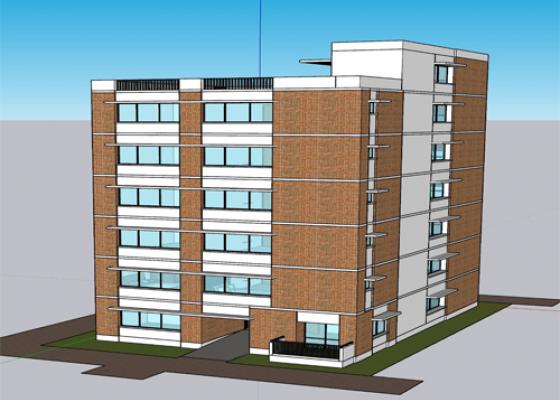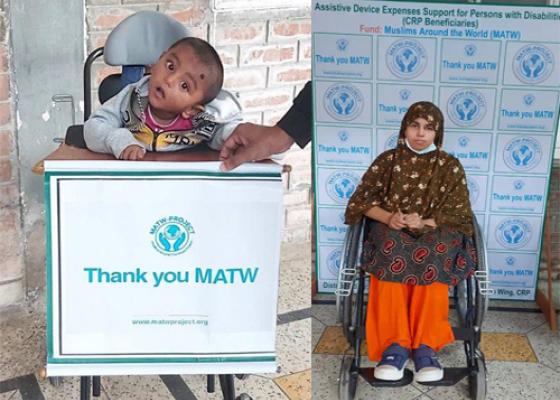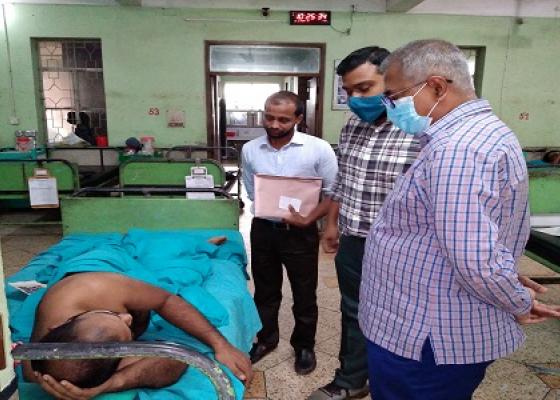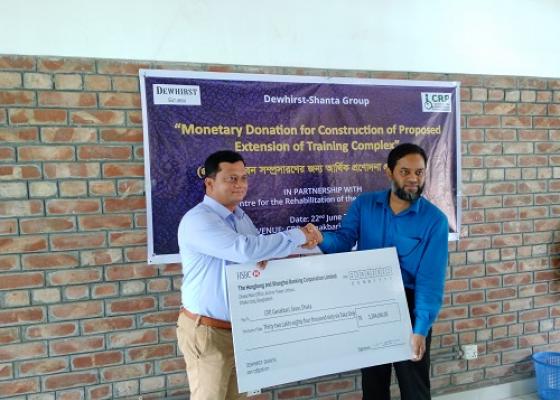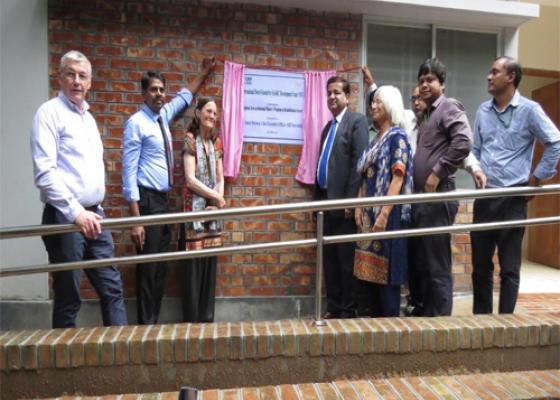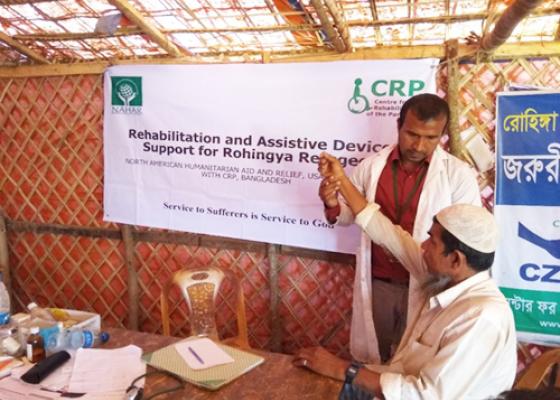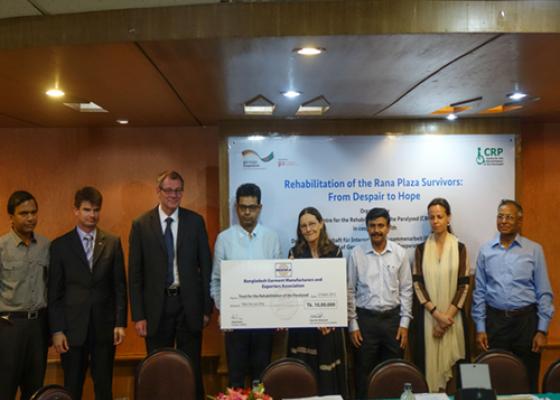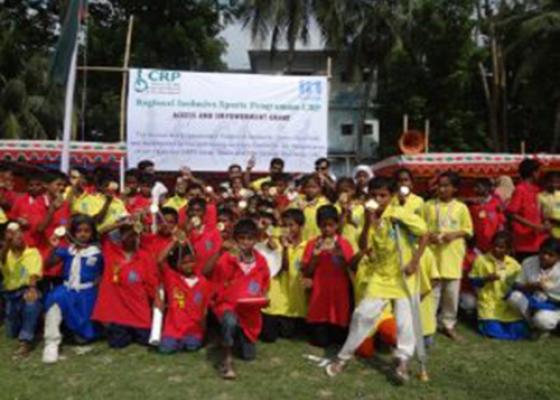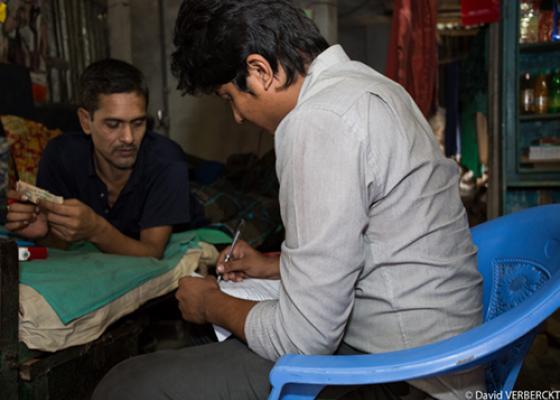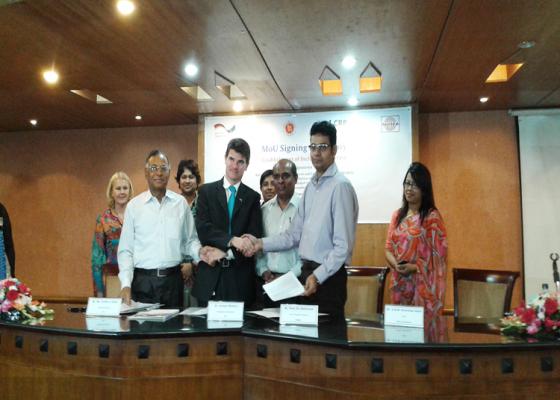The 200-Rep Trial: 200 repetitions of isolated muscle contractions for partially-paralysed muscles
The 200-Rep Trial: 200 repetitions of isolated muscle contractions for partially-paralysed muscles
The 200-Rep trial is a pragmatic multi-centre, single-blinded randomised controlled trial. The primary aim of the trial is to compare the effectiveness of repeated contractions of isolated muscles combined with usual care, versus usual care alone for increasing strength in very weak partially-paralysed muscles of people with recent spinal cord injury (SCI).
The secondary aims are to determine the effectiveness of repeated contractions of isolated muscles combined with usual care versus usual care alone on:
- participants’ perceptions of change in strength
- participants’ perceptions of change in function
- therapists’ expectation of final strength
The participants are included in the trial if they:
- have a recent complete or incomplete SCI (as defined by the International Standards for Neurological classification of SCI) that was sustained less than six months prior
- have partial paralysis in a major muscle on one side of the body (i.e., elbow flexors or extensors, wrist flexors or extensors, knee flexors or extensor, ankle dorsiflexors or plantarflexors)
- have less than grade 3 strength in the target muscle as measured by a manual muscle test (MMT).
- are an inpatient of one of the participating SCI units and are likely to remain there for the duration of their involvement in the trial (i.e., approximately 9 weeks, or are being discharged home to the local area surrounding the hospital).
- are aged 16 years or over at the time of consent
- are willing to participate in the trial
- are free of any other type of neurological lesion
The participants are excluded from the trial if they:
- have any condition preventing testing or training of the target muscle group
- are unable to co-operate (e.g. have a serious medical condition, cognitive impairment, drug dependency, psychiatric illness, or behavioural problems).
- do not speak the national language sufficiently well to provide informed consent.
Study Design:
The primary outcome is strength at 8 weeks. One target muscle group for each participant is selected from the following groups of muscles: the elbow flexors, elbow extensors, wrist flexors, wrist extensors, knee flexors, knee extensor muscles, ankle dorsiflexors or ankle plantar flexors. Eligible participants are randomised to one of two groups, either the Treatment group or the Control group.
Participants allocated to the Treatment group are required to do 200 repetitions of isolated contractions of the target muscle group on one side of their body only (under supervision), however both sides of the body continue to receive “usual care”. Participants allocated to the Control group received usual care alone.
Sample Size:
Total 120 participants from Seven different centres from Australia and Asia
Baseline and follow-up assessments:
Participants are measured once prior to the commencement of the trial and once 8 weeks after randomisation. Baseline assessments are conducted prior to randomization. Follow-up assessments are conducted by the same blinded assessors 8 weeks after randomisation (within a 1-week window) regardless of treatment adherence. Participants are told not to discuss their group allocation with the blinded assessor and the success of blinding is being measured. The 8-week assessments are conducted face-to-face.
Update: The trial was finished in early 2019. Click link to see the full article: https://www.nature.com/articles/s41393-020-0439-1

